Has Street Style Become More Race and Size Inclusive?
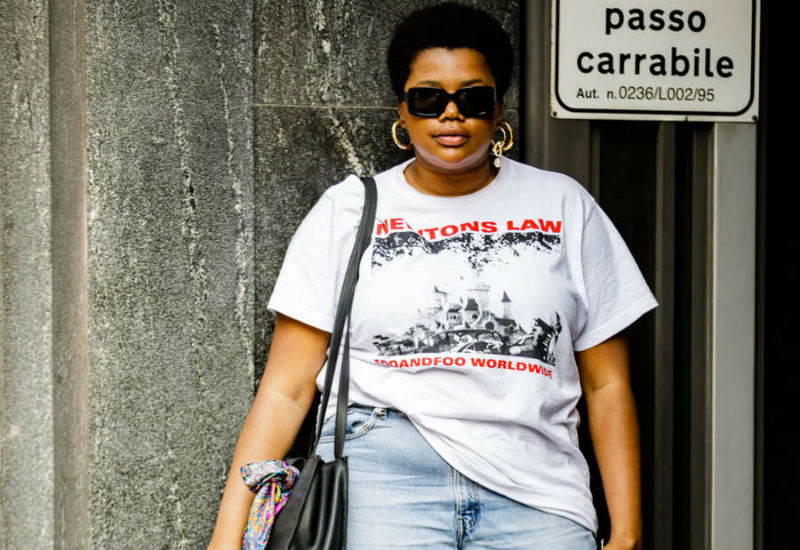
It’s no secret that Fashion Week is not just about the clothes on the runway. Street style is hugely inspirational for many, and often times readers generate ideas from the street style set on how to incorporate the trends in real life. But the primarily white and thin representation in street style is a problem, and it finally came to a boiling point earlier this year, when multiple fashion journalists called out street style photographers and media for the lack of size and race inclusivity in street style.


The Cut’s Lindsay Peoples Wagner wrote, that “historically, fashion has always been racist and size-ist” and that “there’s an inherent bias in the air that says the thinner and whiter, the better and safer person to shoot”. Others admitted that the issue stretched from photographers themselves, to editorial, who end up selecting the photos. “The publications say it’s up to the photographer, the photographers say they’re just doing a job and aren’t given creative freedom, and the influencers say they have to go to extreme lengths to get noticed,” continues Peoples Wagner. “Whatever is at the root of this, it’s clear that the purpose of street style is no longer about taking photos of well-dressed people to publish and share and inspire conversations about what makes a good look. It’s a calculated process of seeking out people on a checklist, and making sure to photograph people who have millions of followers regardless of their outfits.” Fashionista’s Taylor McCall has been tweeting about this since 2014 and still doesn’t have an answer.
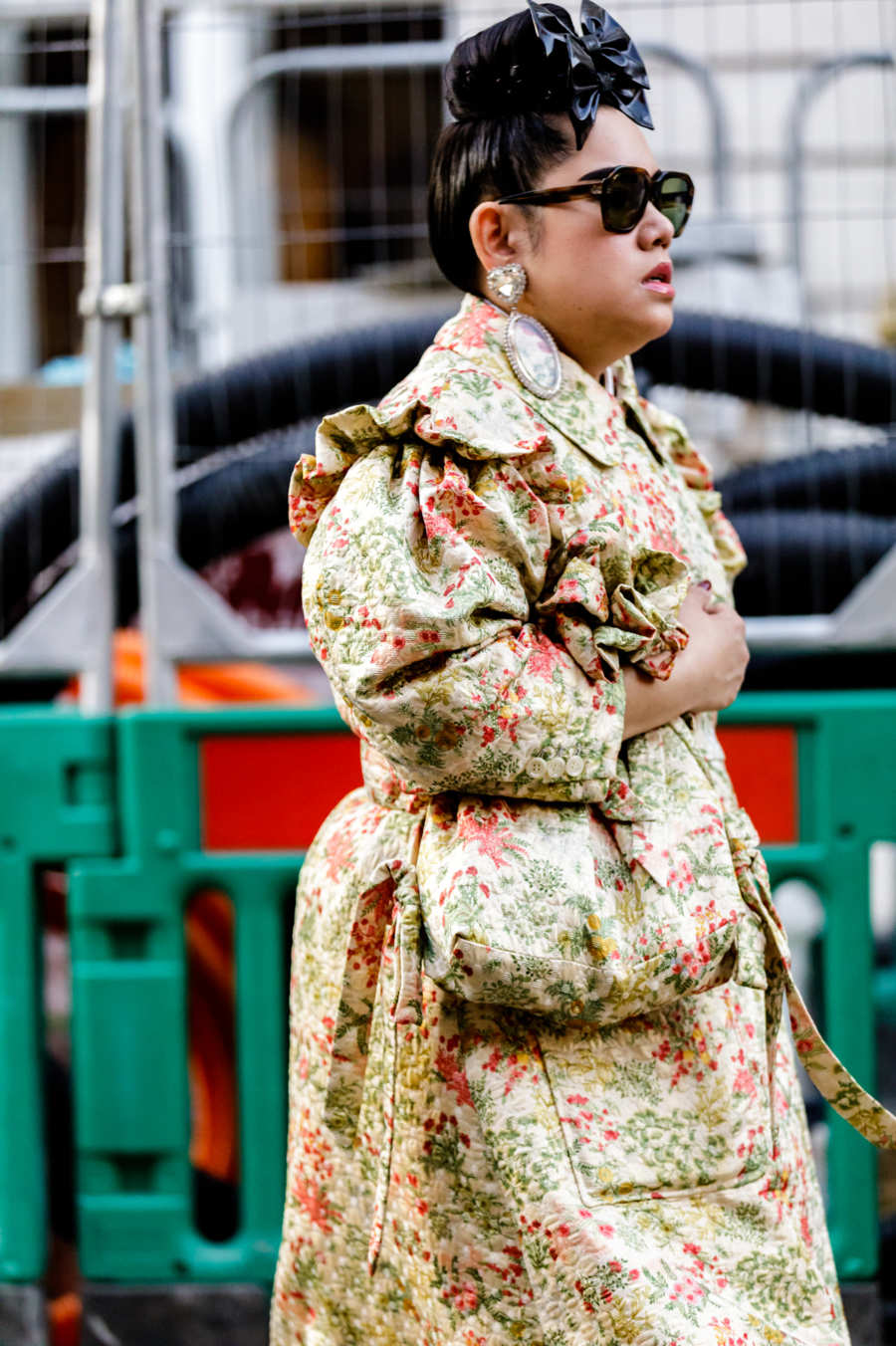
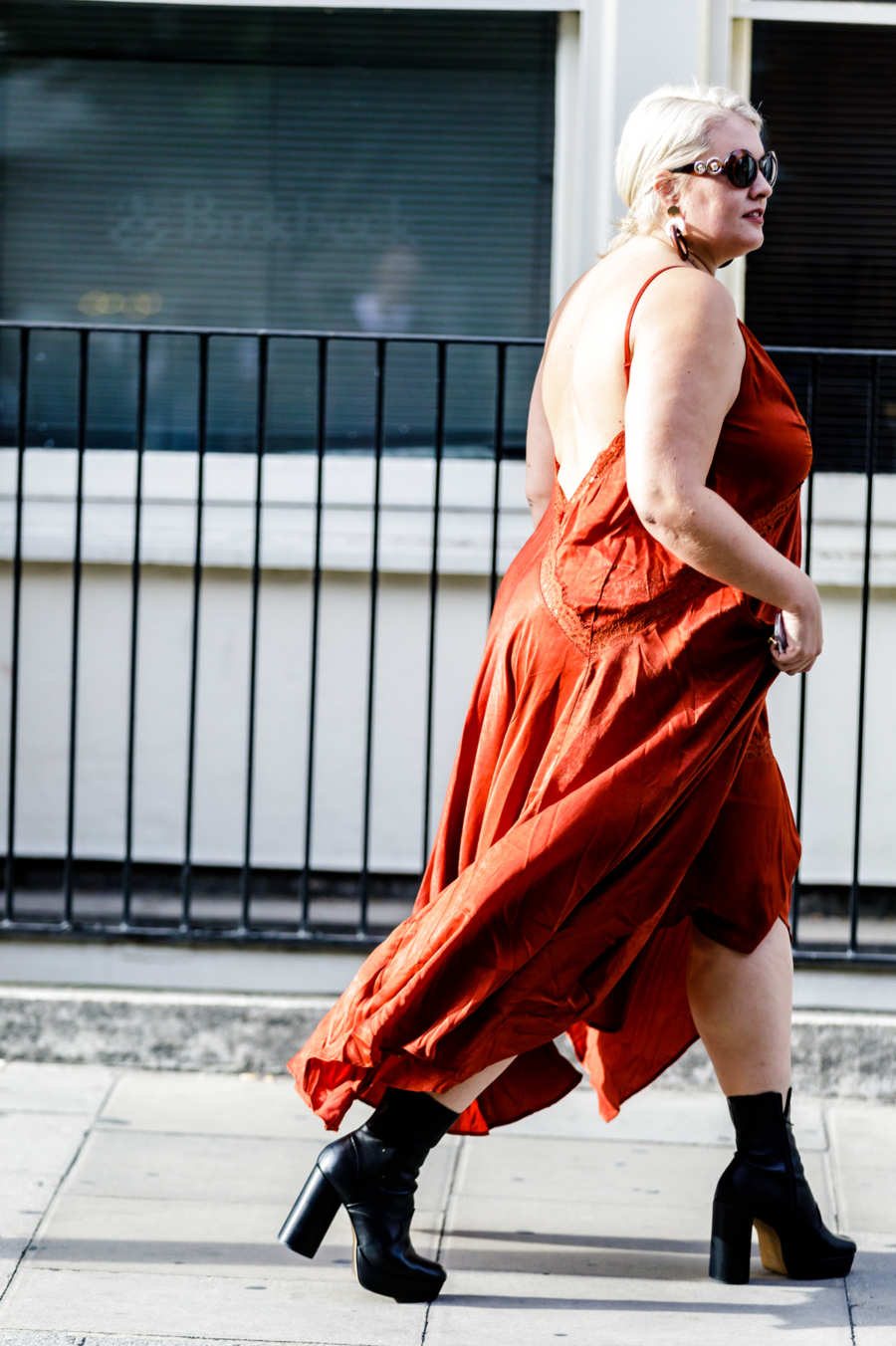
So what about this Fashion Month? Has street style become more race and size-inclusive? Have the street style photogs captured someone who is a regular, non-white, size 8 or up Fashion Week goer? Well, not so much. Out of 1500+ street style photos I scoured this season, only roughly 5 percent were of people of color, plus-size show goers. Keep in mind that many of the photos in that 5 percent were of the same person. London and New York were the most inclusive, which, no surprise here. But 5 percent is simply not acceptable. These five percent send a message that plus-size and non-white showgoers are not stylish — which, you and I both know, is not true.
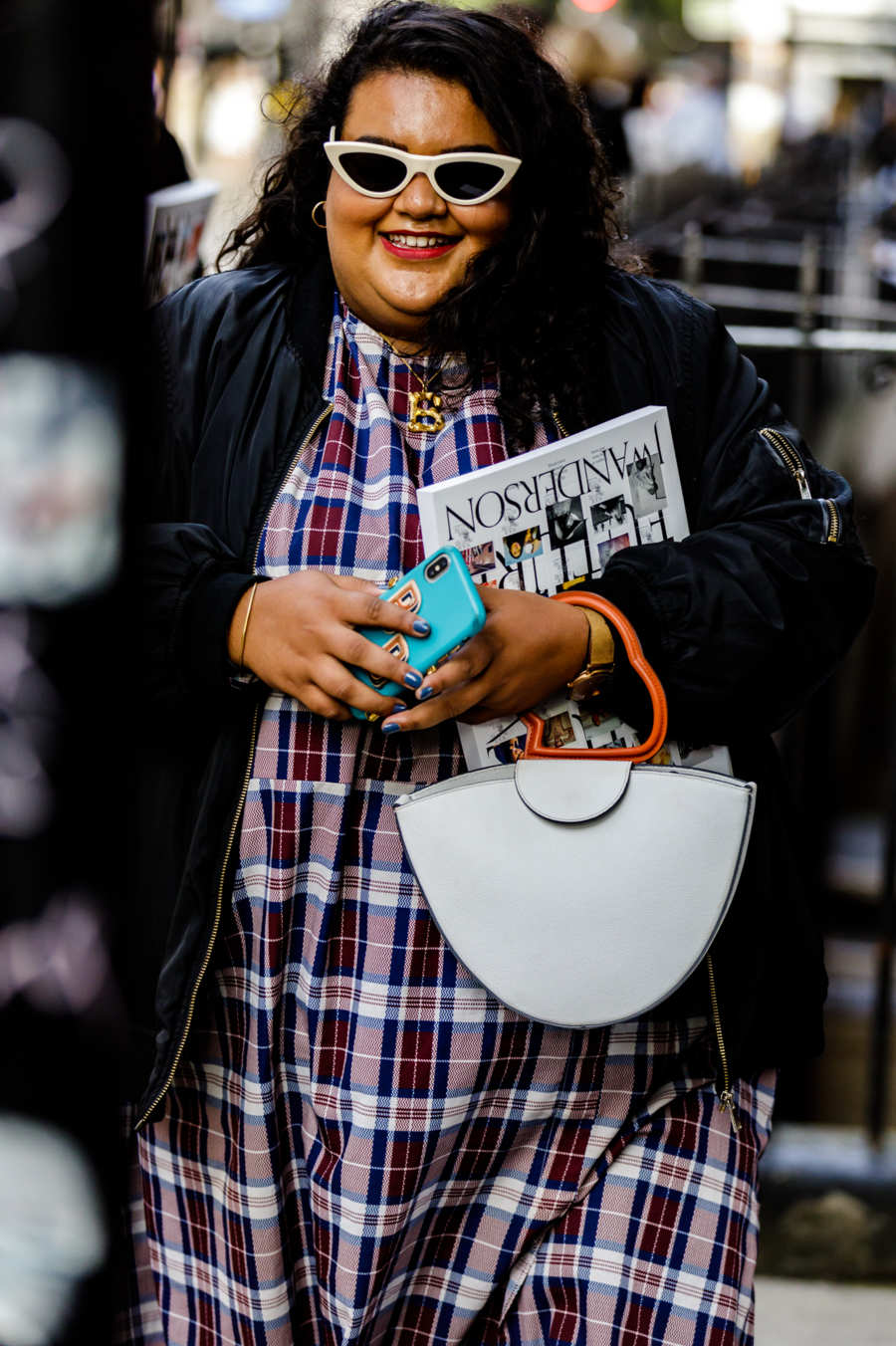
So how do we fix the lack of street style diversity?
Everyone in the industry needs to be involved. Editors should demand more diversity and inclusivity. photographers should stop circling around the same street style set each season. Brands should work with influencers form all races and body types. And us, readers, should demand better representation. SPEAK UP! Call out publications who don’t publish anything but white, skinny, #spon fashionistas. I know that here at FashionFiles we try to be inclusive and feature men and women from all colors, sizes and backgrounds. But if you feel we should do better, please do let us know. Let’s have this conversation.
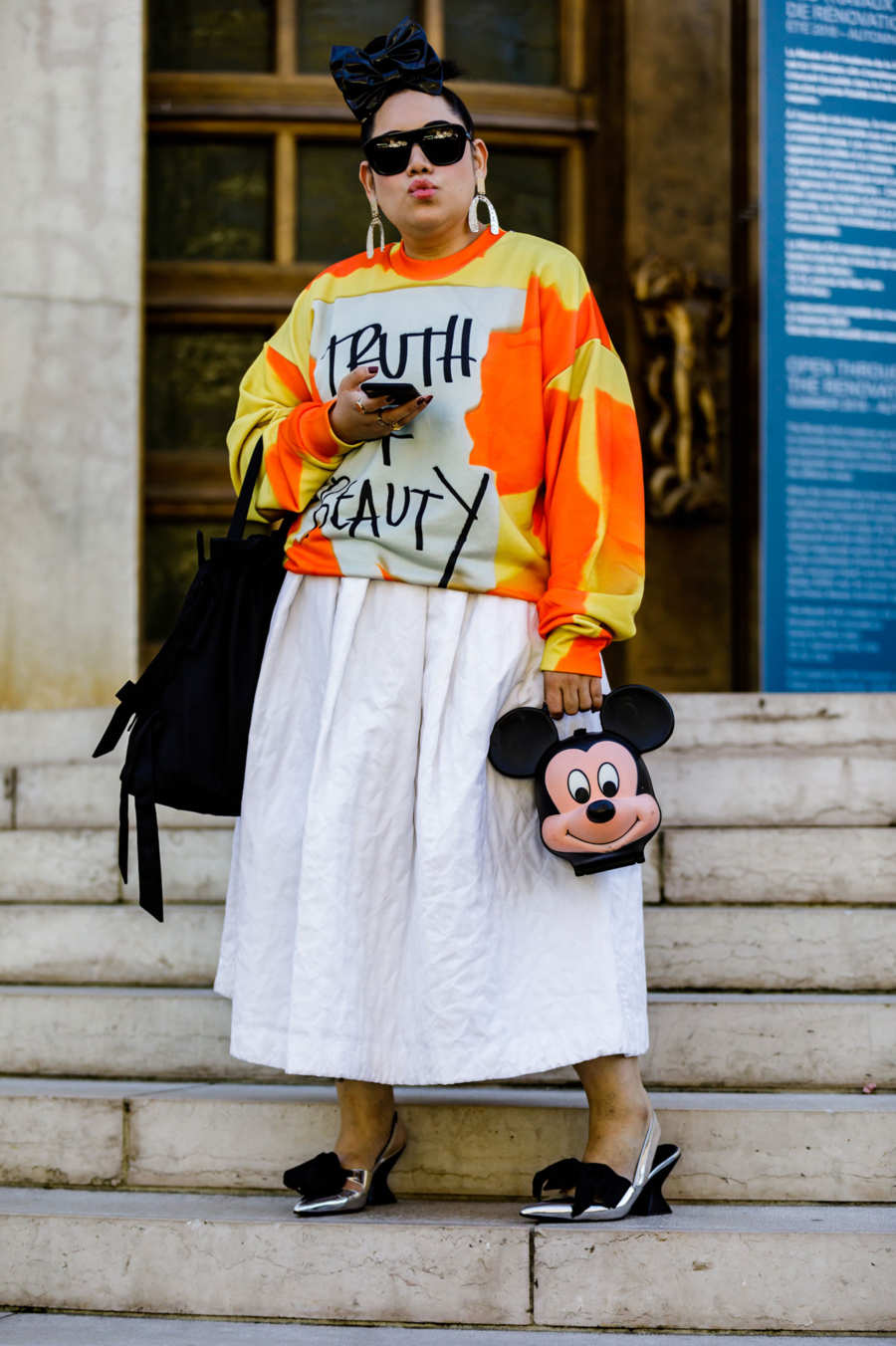
Read more about size-sism and racism in fashion from some of my favorite fashion writers, here and here. Also, follow the Instagram account And I Get Dressed, which shows good street style on all sorts of bodies and races.
Anna Marevska is the Editor of FashionFiles. She is responsible for the overall editorial direction of the site and writes runway stories, designer profiles, and trend reports.

